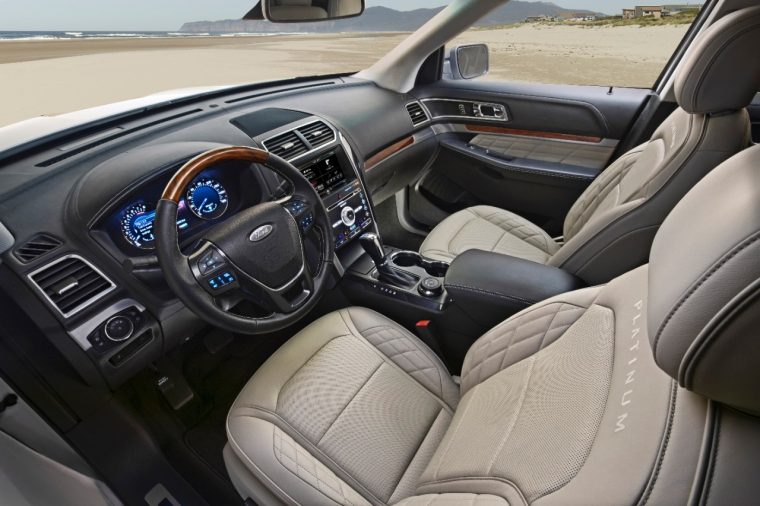Ford’s Global Front Seat Architecture Treats Your Butt Right
Ford wants customers to know that it has some really, really comfy seats. Like, they’re really comfy. Whether you opt for a new Focus or a new F-150, your butt is sure to be treated like royalty (a royal butt?) thanks to the automaker’s implementation of a global front seat architecture. With seats that are multi-adjustable and offer everything from lumbar support and thigh extensions to reduce fatigue and promote better blood flow, it’s not difficult to see why Ford’s vehicles earn best-in-class rankings for front seat comfort.
Ford focuses on what it calls “H-points” and “hip-to-heel” dimensions in order to ensure that passengers and drivers are provided a better combination of support and freedom. Ford’s designers are inspired by airline seats (first-class, natch) and office furniture, and the architecture is based around a two-piece design that is scalable to nearly every model in Ford’s North American lineup.
“Our seats are designed to hold people where they want to be held, but without being restricting,” said Dan Ferretti, Ford global seats senior technical leader. “For example, the side bolsters are tapered, which allows a driver to have better movement of their arms and legs.
“The plug-and-play design is really what sets this system apart,” Ferretti added. “It enables the democratization of technology, so we’re able to make more features available to more people.”
Ultimately, Ford’s seats allow for more weight savings by eliminating more than 50 components that would otherwise be required for comparable seating, leading to a weight reduction of about 30%. The front seat architecture can be found in 90% of its North American vehicles, and Ford anticipates that it will be found in 4 million vehicles total by 2016.

The News Wheel is a digital auto magazine providing readers with a fresh perspective on the latest car news. We’re located in the heart of America (Dayton, Ohio) and our goal is to deliver an entertaining and informative perspective on what’s trending in the automotive world. See more articles from The News Wheel.


